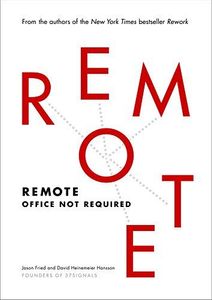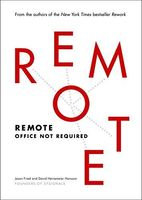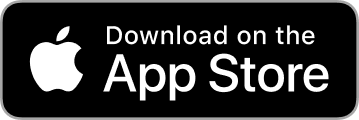- Edition
- ISBN 9780804137508
Reviews
Lovro Oreskovic@lovro
Bohdan@stefaniuk
Rafael Matsumoto@rafaelmatsumoto
Mark Gibaud@markgibaud
Jimmy Cerone@jrcii
Alex Ker@alexker
Sanat Gersappa@sanatgersappa
Tomita Militaru@tomitzel
Lincy@lincy
Nikolay Bachiyski@nb
Hooman Askari@hoomanaskari
Lance Willett@lancewillett
Kevin S Perrine@kevinsperrine
Luca Conti@lucaconti
Aurooba Ahmed@aurooba
Naiki@naikipokki
Jeff Sexton@bookanonjeff
Anton Sten@antonsten
John Ireland@john_i
Richard Saunders@rdsaunders
Leo Vogel@leovogel
David Furnes@dfurnes
Aaron Chiandet@achiandet
Mt Tetzel@mrzool
Highlights
Friedrich Schuler@friiedriich
Page 215
Friedrich Schuler@friiedriich
Page 212
Friedrich Schuler@friiedriich
Page 207
Friedrich Schuler@friiedriich
Page 207
Friedrich Schuler@friiedriich
Page 204
Friedrich Schuler@friiedriich
Page 200
Friedrich Schuler@friiedriich
Page 199
Friedrich Schuler@friiedriich
Page 197
Friedrich Schuler@friiedriich
Page 193
Friedrich Schuler@friiedriich
Page 190
Friedrich Schuler@friiedriich
Page 189
Friedrich Schuler@friiedriich
Page 189
Friedrich Schuler@friiedriich
Page 186
Friedrich Schuler@friiedriich
Page 176
Friedrich Schuler@friiedriich
Page 167
Friedrich Schuler@friiedriich
Page 164
Friedrich Schuler@friiedriich
Page 164
Friedrich Schuler@friiedriich
Page 162
Friedrich Schuler@friiedriich
Page 161
Friedrich Schuler@friiedriich
Page 146
Friedrich Schuler@friiedriich
Page 144
Friedrich Schuler@friiedriich
Page 123
Friedrich Schuler@friiedriich
Page 123
Friedrich Schuler@friiedriich
Page 109



